Transportation infrastructure is a pillar of Africa’s economic development and growth. It is a vital component of the economy, key to ensuring equitable access to basic services and overall economic development as well as economic growth. However, over the past decades, there has been a dramatic increase in disaster-related problems for transportation in Africa. This is related to the fact that African countries have experienced more natural disasters than other continents.
Although Africa is the most disaster-prone continent, it is not among the countries that have had the most reported disasters in recent years.
Although Africa is the most disaster-prone continent, it is not among the countries that have had the most reported disasters in recent years. Africa has a relatively small number of reported disasters compared to other continents. However, considering only its population and not its land size can be misleading: Africa has the highest number of deaths due to natural disasters worldwide.
The geographical factors associated with these natural disasters have also been attributed to Africa’s current undeveloped transportation system. Global Climate Scenario Models predict that Africa will likely experience a drastic increase in the extent and intensity of natural hazards and disasters such as droughts, floods, storms, and severe weather events due to climate change. Thus, the exposure of transportation infrastructure to climate change hazards will be exacerbated by population growth, urbanization, poor construction quality, and poor maintenance.
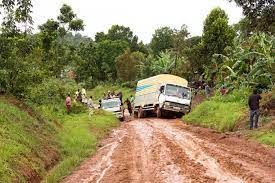
Poor transport Infrastructure Africa due to infrastructure deficit (Photo from Africa Sustainability Matters)
Poorly managed transport development projects can contribute to the increased vulnerability of communities exposed to natural hazards like earthquakes, floods, or tsunamis, so governments must implement policies that protect people from such risks before they occur. Furthermore, when considering climate change impacts on transportation infrastructure, it is important not only how climate change affects existing infrastructure but also how we plan for future transportation needs. For example, planning a new road through an area prone to flooding will increase the risk not only during construction but also after operational use begins, which has implications for maintenance costs.
Transport is an integral part of daily life, and disasters will significantly impact it. This increase will have a negative impact on transportation infrastructure in Africa. In addition to the direct effects on transportation infrastructure and services, there are also indirect effects from reduced economic activity, displacement of people from their homes (as occurred during the 2011 drought in northern Somalia), increasing food insecurity due to reduced agricultural production, increased pressure on land use for livelihoods activities such as livestock rearing and fishing, etc.

Overhead of KFC & Shell Filling Station, Weija Ghana (From Unsplash)
The relationship between disasters and other systems is poorly understood, but it is clear that there are interactions between them. Many studies have shown that climate change disasters impact the transport system in Europe, China, and other developed countries. The climate change impacts on transportation infrastructure are caused by high temperature and rainfall events, sea level rise, and extreme weather events. The major causes of roadblocks are water run-off from excess rainfall during rainy seasons and erosion from floods due to heavy rains. However, limited information on climate change vulnerability assessment of transportation infrastructure in Africa is available. The few studies on climate change in Africa focus on sectors such as agriculture, health, and the environment to the neglect of transportation.

Mandela Bridge with trains underneath in Johannesburg, South Africa (From Tembinkosi Sikupela/Unsplash)
Several pre-disaster initiatives are being taken to reduce the damage caused by disasters. These include The World Bank Transport Disaster Risk Management Initiative was launched in 2006 and has been scaled up to include several other countries. The initiative is designed to build the resilience of countries and communities to transportation-related disaster risks. The Global Road Safety Facility (GRSF) helps low-income countries better respond to road safety challenges. It is a collaboration between the World Bank, the FIA Foundation, Bloomberg Philanthropies, and the UK Department for International Development (DFID).
Climate change impacts on transportation infrastructure can be mitigated by implementing management strategies such as siting considerations and adequate documentation (geospatial data) for efficient allocation of resources. The degree of vulnerability of the transport system to climate change extremes is based on factors such as infrastructure design and condition, environmental sensitivity, and maintenance level. Some road projects are considered more vulnerable to climate change impacts than others due to location or interaction with existing environmental factors.
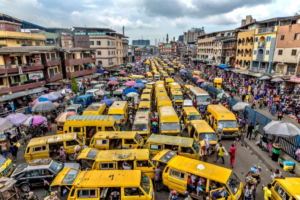
Danfo Buses, a form of informal transport in Lagos-Nigeria (Photo from Washington Post)
THE FUTURE
There is a need to assess the vulnerability of African road networks to climate extremes such as heavy rains, floods, or droughts. Disasters do not simply affect the physical environment but also the economy, health, politics, and society. This means that disaster risk reduction is a complex and multidimensional problem that requires action across multiple sectors. It is also a long-term process: it cannot be accomplished overnight or even in one generation. We need to develop a new approach to dealing with this reality.
Featured Image: Railway bridge over the river on the border with Tanzania. vladimirat/Shutterstock

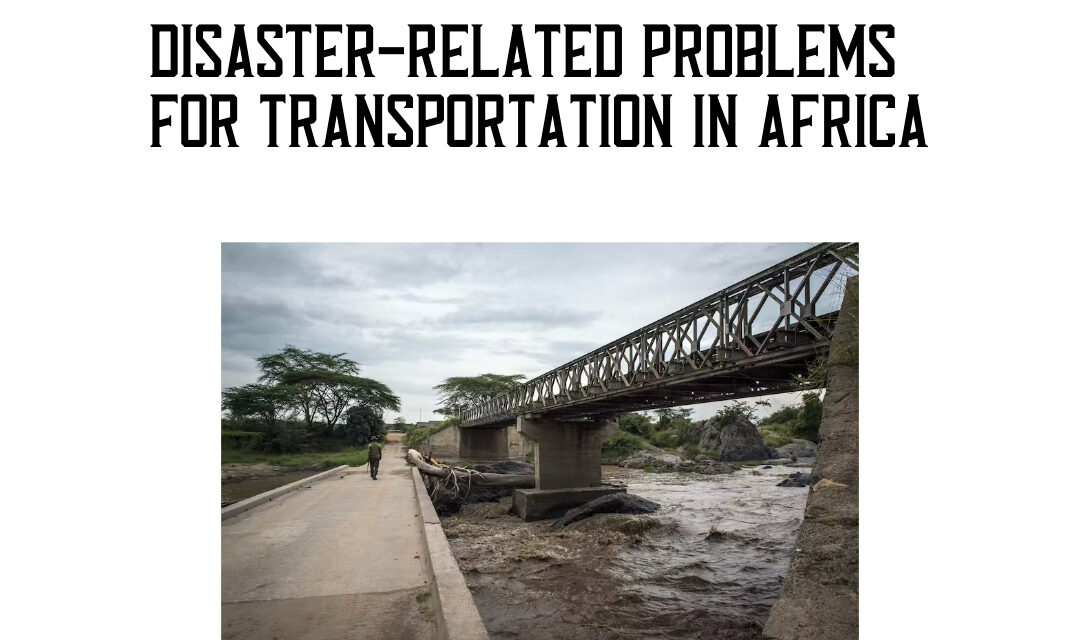
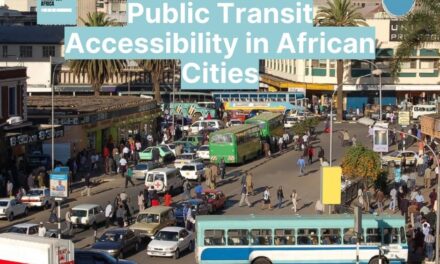

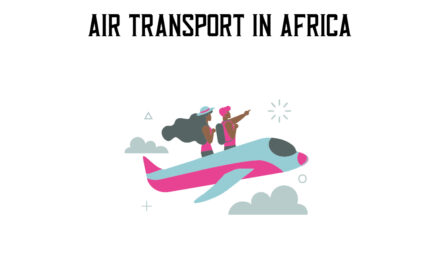
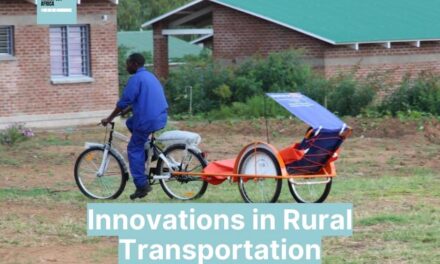
Very clear web site, appreciate it for this post.